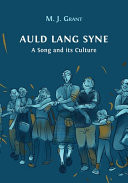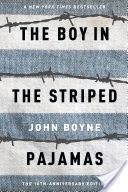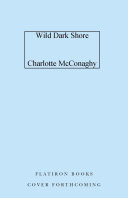Pride and Prejudice Book (Complete Novel with Annotations): By Jane Austen | Jane Austen
This is the complete novel "Pride and Prejudice" with a study guide and biography of Jane Austen. Published in 1913, Pride and Prejudice by Jane Austen is a novel centered around character development hence it may be classified as a novel of manners. It chronicles the behavioral development of certain characters, among whom Elizabeth Bennet is key. Set in Longbourn and environs in Hertfordshire as well as Derbyshire, the novel focuses on the imprints of pride and prejudice on how people relate with, and view others in the society. Although it addresses core societal issues such as pride, class division and segregation, money, love and marriage, as well as education, Pride and Prejudice is rife with comic situations, assumptions, first impressions, misconceptions and eventual discoveries of true behaviors. The culture projected in the novel is that of the Classic English society (United Kingdom) in which regency was the ruling system, and the society was stratified into the higher class and the lower class, or put differently, the 'new' money and the 'old' money, and value was placed so much on inheritance. Mobility from the lower class to the upper class was almost impossible and extremely difficult, but could be achieved through marriage. However, members of the privileged class were socially forbidden from marrying from the underprivileged class. This plays a large role in the development of the events in the novel. Whereas members of the underprivileged class, represented by the Bennet family, are considered uncouth, but ambitious to 'sneak' into upper class,l through marriage, members of the privileged upper class, exemplified by characters such as Lady Catherine and the Bingley family, are thought to be proud and domineering. As a result, there is hardly a union between members of both classes. When there is, it is often not because of love, but for material gains. However, these stereotypic order is defied by a few characters in the novel. Contrary to popular belief, Elizabeth marries Darcy mainly for love. She refuses to conform to societal dictates regarding marriage. Although she was brought up in the same culture, and is also guilty of assuming that all those in the upper class are the same, she grows out of this behavior over time. In the same vein, Darcy and Bingley defy the normal attitude expected of the upper class. Although Darcy initially fails to express his feelings for Elizabeth because of the class difference, he eventually develops in character and grows into Jane Austen's ideal member of the upper class. He does not only begin to treat people politely, he ends up proposing to Elizabeth twice before marrying her based on true love. In this review, we have provided a carefully prepared study guide to answer all your questions concerning Jane Austen's Pride and Prejudice: A complete summary of all sixty-one chapters, segmented into short readable bits Relatable and straightforward analyses of all chapters Major themes and implied themes in the novel Character list of both major and minor characters A review of Jane Austen's personal life, and writing career What you are about to read is one of the most comprehensive and simple go-to summary and analysis of Pride and Prejudice. This review is highly recommendable to students, literary scholars as well as every book lover looking to better understand and appreciate this novel.














